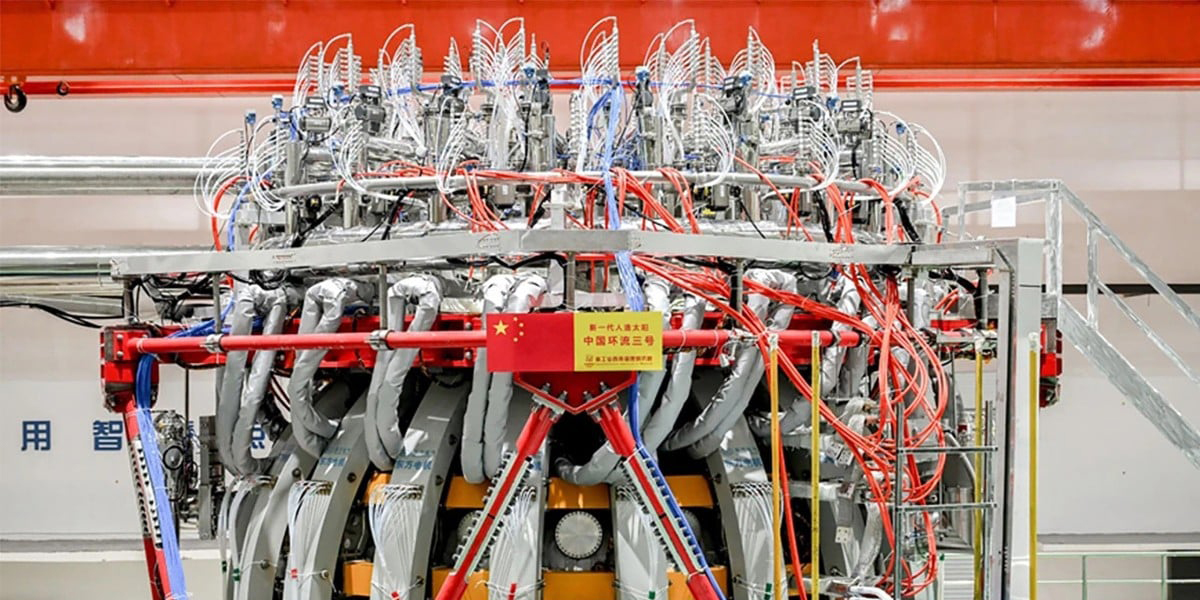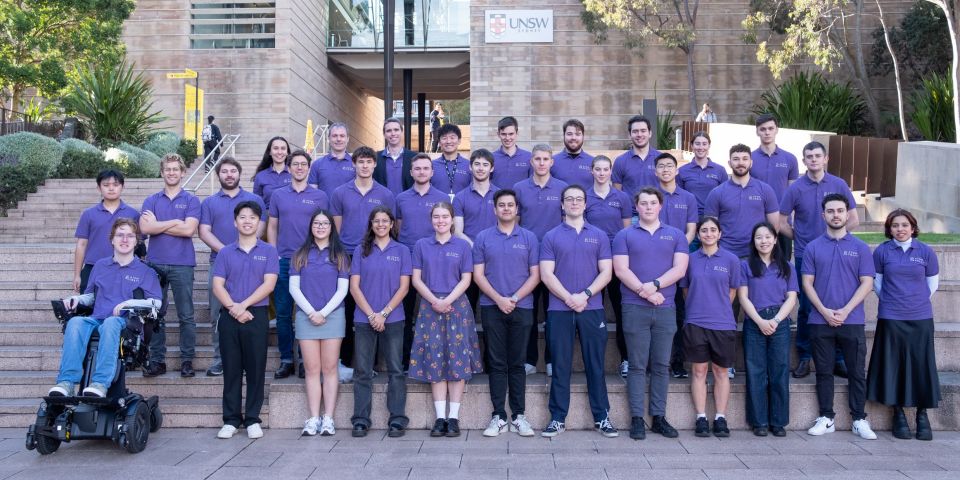China launches fusion consortium to build “artificial sun”

The consortium China Fusion Energy Inc. is being led by the China National Nuclear Corporation (CNNC), which has been conducting research and development, construction, production, and operation activities regarding nuclear energy, the nuclear fuel cycle, nuclear applications, and environmental protection for about 25 years.
Pooling resources: The consortium was established to pool national resources and spur the development of fusion technology in China, including through initial R&D activities in the areas of high-temperature superconducting magnets, large-capacity energy storage, and tritium production. There are 25 primarily government-owned companies and research institutes involved that have expertise in energy, construction, and other relevant fields.
A few of the larger companies are State Grid Corp., China Three Gorges Corp., China Baowu Steel Group Corp., and China Aerospace Science and Industry Corp. One private company and four universities are also part of the project. Much of the technological know-how for the project will be derived from research conducted at the CNNC-affiliated Southwestern Institute of Physics and the Chinese Academy of Sciences–affiliated Institute of Plasma Physics.
The only direction: China increasingly has been expressing interest in nuclear fusion. The State Council of China recently declared, “Controlled nuclear fusion is the only direction for future energy, and the field is now developing very rapidly in Europe and the United States. In this context, China’s central government is starting to pay more attention to the industry.”
The Chinese government has set the goal of building the first industrial prototype fusion reactor, which it has dubbed an “artificial sun,” by 2035. Officials hope to begin large-scale commercial production of fusion energy by 2050.
Benefits of centralization? The consortium takes advantage of the centralization of the Chinese government and corporate system, which aids in the focusing of resources and in the coordination of efforts.
China has demonstrated that it is a key player in fusion technology. Between 2011 and 2022, China filed more patents in fusion technology than any other country. In addition, it has reported fusion-related research progress from the Southwestern Institute of Physics’ HL-2M tokamak reactor in Chengdu and is participating in the 35-nation International Thermonuclear Experimental Reactor Project.










